Hong Kong’s only working salt pans and a Robinson Crusoe moment just a boat ride away from Sai Kung
Go in winter and the beach at Half Moon Bay on Sharp Island is so deserted you can leave your footprints in the sand; for an experience of Hong Kong history, harvest some sea salt from the pans on tiny Yim Tin Tsai, and admire its chapel

The booths lining Sai Kung public piers offer an array of boat tours to nearby islands and scenic coastlines.
Excursions to view the Hong Kong Geopark’s volcanic rock formations are tempting, but there are options for rewarding shorter rides within the natural harbour of Port Shelter.
Two of the best places to head, which you can readily combine in a day, are Yim Tin Tsai, an islet where a village has been restored, and Sharp Island – named for its angular shape.
At just over 500 metres (550 yards) across, and with the highest point a mere 37 metres (120 feet) above sea level, Yim Tin Tsai is a small, easily overlooked speck of land off the northwest coast of the far larger Kau Sai Chau.
As the village ferry from Sai Kung arrives at the pier, what comes into view is a traditional two-storey house by the jetty, another renovated two-storey house, with small square windows in its whitewashed main wall, along a path to the village, and a white-walled chapel set above a wooded slope. A few small restaurants, with outdoor seating, offer local fare including baked chicken, as well as teriyaki and more at Cafe de Yim Tin by the pier.
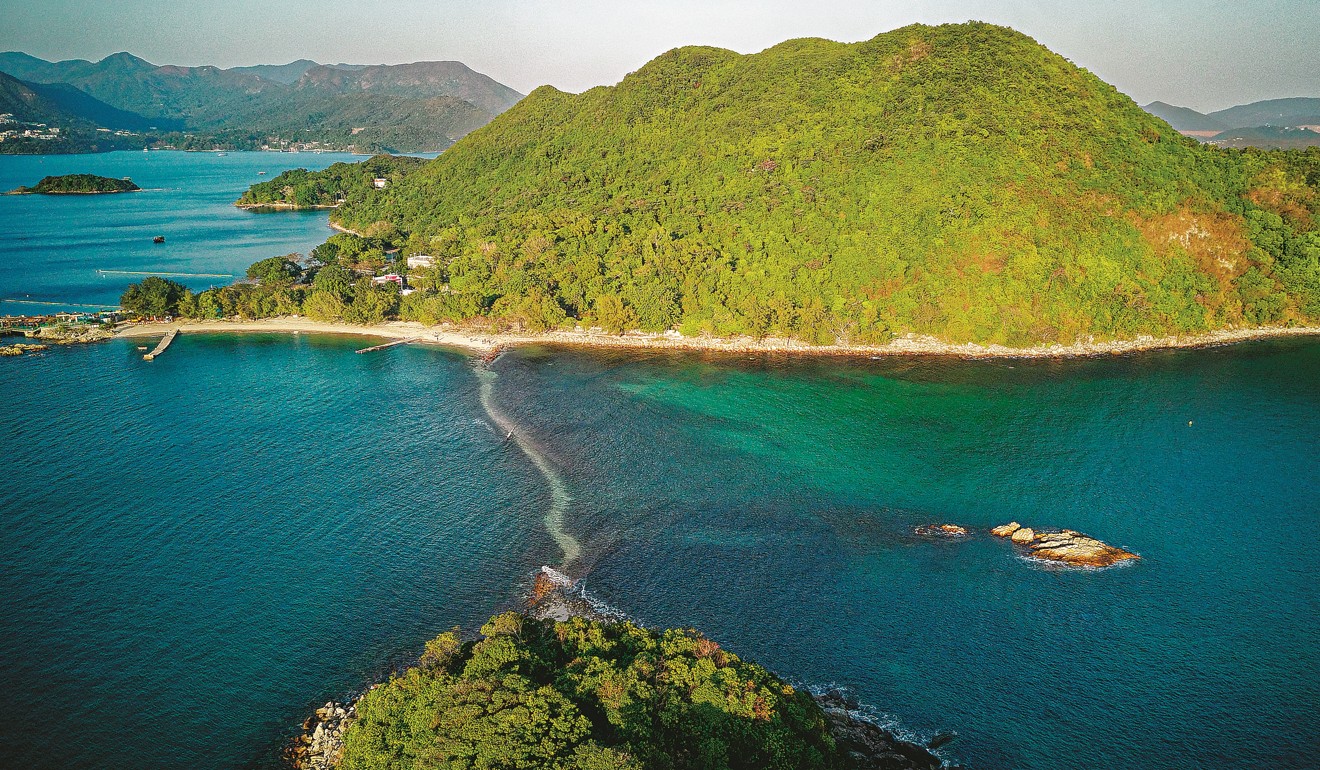
The village is small, and was never home to more than around 200 people, according to the Chinese University of Hong Kong Centre for Catholic Studies.
Yim Tin Tsai’s history is akin to several other villages in the more remote areas of Hong Kong – settled by members of a Hakka clan who arrived in Hong Kong from southern China after 1670. It nurtured a community that remained until the 1950s, when families began moving out in search of a better life, until by the late 1980s there were just four residents. By the turn of the century, no one remained.
During the late 19th century, villagers embraced Catholicism, as European missionaries spread the faith in the Sai Kung area from 1865. St Joseph’s Chapel was built early last century, and became a centre for celebrating Christmas and Easter.
As the village was abandoned, it fell into disrepair, yet former residents still returned, especially for an annual feast. In 2004, the Hong Kong diocese renovated the chapel, initiating a renaissance for Yim Tin Tsai.
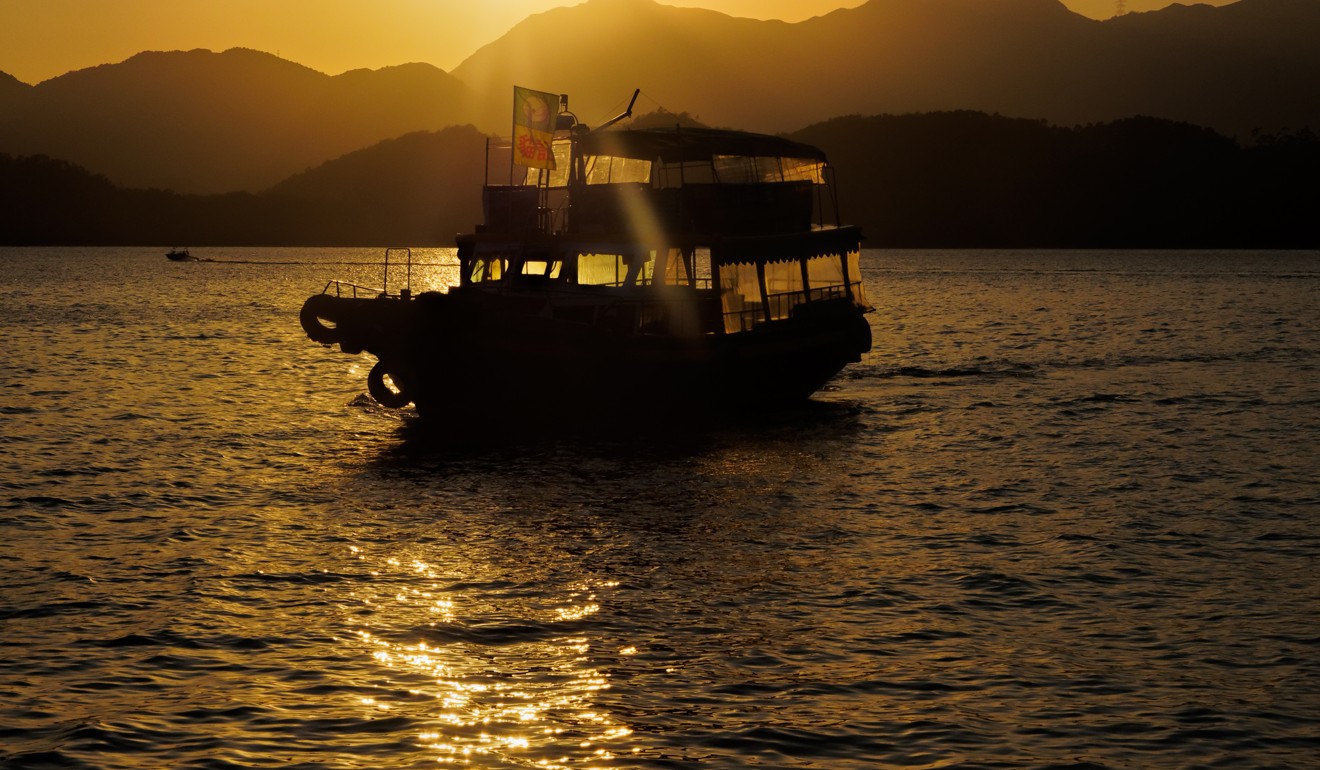
Former residents began cooperating in revitalising Yim Tin Tsai, through a project now run by an NGO, The Salt & Light Preservation Society. While there are still ruined houses, others have been renovated, their exteriors enlivened with fresh coats of paint.
Only two people have become new residents so far, with others arriving during weekends and public holidays to operate small restaurants, and volunteer as visitor guides.
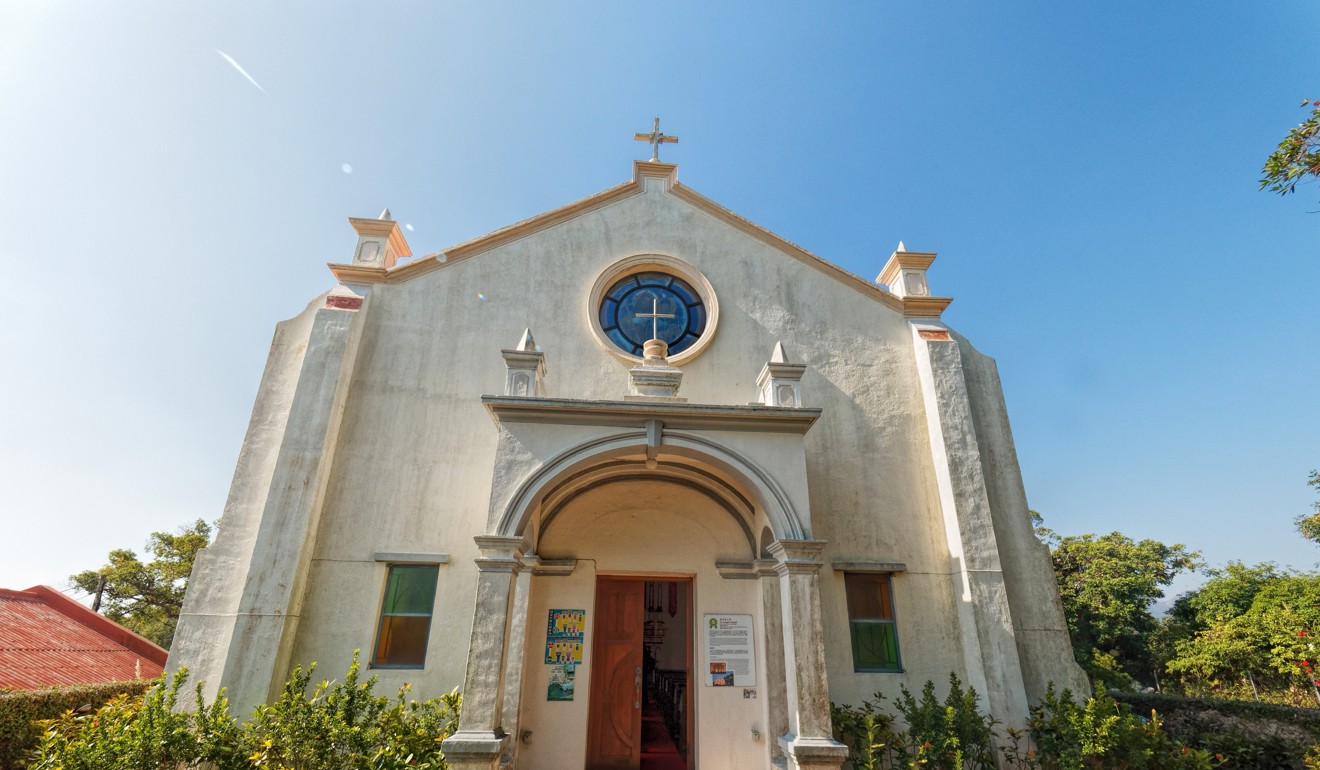
The former school is among the restored buildings, its interior now hosting an exhibition of paraphernalia from the past. Just above it stands the chapel, a solidly built building with a rectangular layout, topped with a simple gable roof. In 2005, it received a Unesco Award of Merit for cultural heritage conservation.
Behind the altar is a tiny alcove with a statue of St Joseph holding the baby Jesus, flanked by red and white decorations. High in the opposite wall, a circular stained glass window colourfully portrays the adult Jesus with a priest.
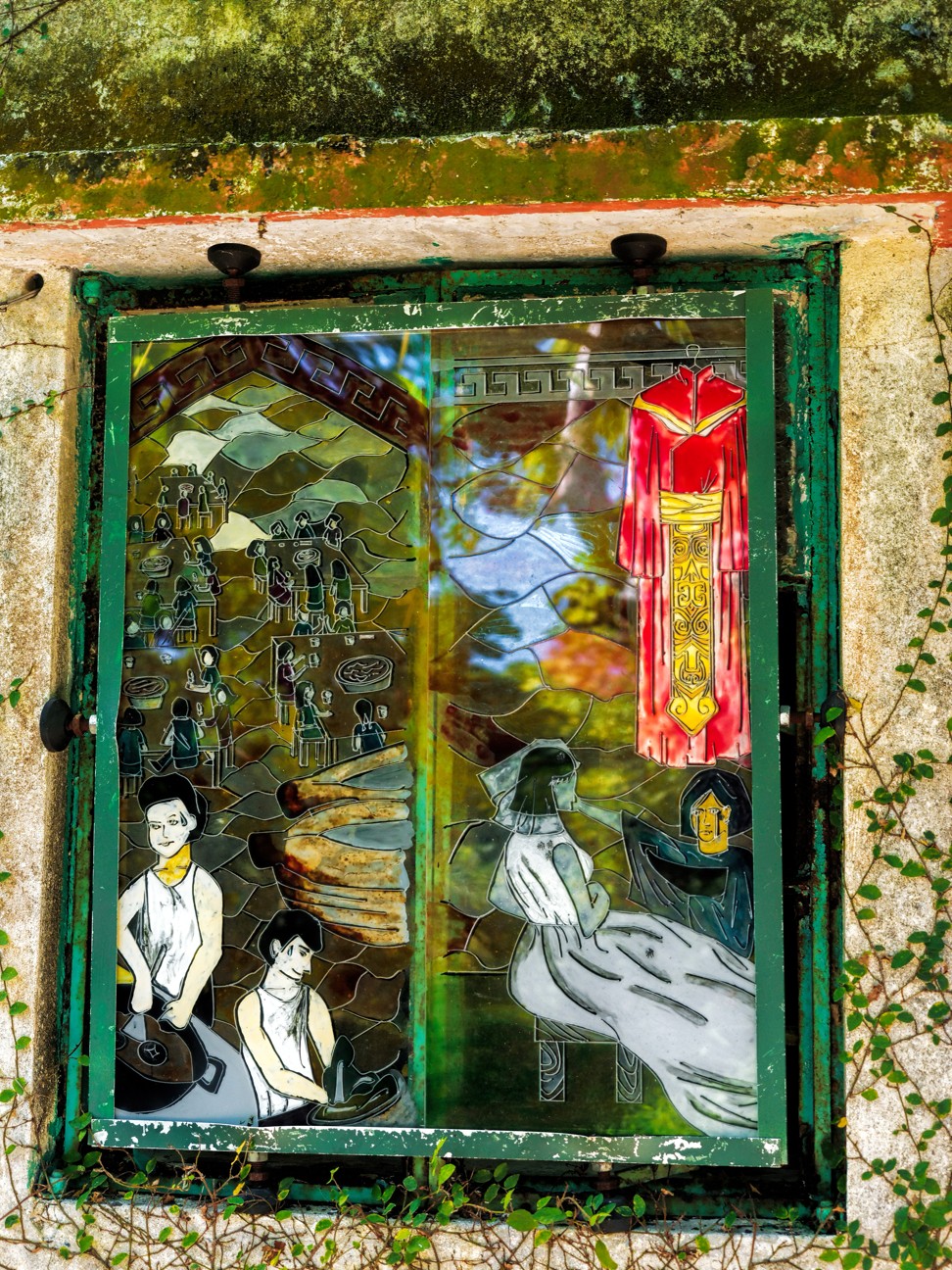
Some houses also have stained glass windows. One of these features a scene before a traditional wedding, with the bride-to-be having her face smeared with ash, a local custom to show the villagers will miss her.
Below, there’s a low, level area of old salt pans. Yim Tsin Tsai means “small salt pans”, and during the 19th century the village was a major supplier of salt to Sai Kung Town. As salt became readily available in stores, the pans fell into disuse. Yet here, too, there is renovation work under way, making this the only place in Hong Kong that currently produces salt.
A section of new salt pans has been created, using concrete for surfacing. Eventually, says David Ip, the salt pan coordinator, the aim is to produce small amounts of salt for sale, but for now, workshops allow visitors a glimpse of times before salt became readily available in stores.
During a salt-making demonstration, seawater is exposed to wind and sun until the salt crystals form; watched by an instructor, visitors enthusiastically sweep it into small piles.

While Sharp Island (Kiu Tsui Chau) is over 2km (1.25 miles) long, its steep terrain largely defeated attempts at establishing rural communities. Today it is popular with visitors who enjoy the scenery and beaches. Boat operators serve two beach areas on the west coast, and a trail makes for a scenic walk between them.
Head first to the beach at Hap Mun Bay (Half Moon Bay), close to the island’s southernmost tip. While it can become crowded on fine summer days, in winter it might be so deserted you can stroll on the sand, making footprints like Robinson Crusoe.
From here, the trail heads up the ridge at the heart of the island. There are splendid views during the walk – down to the bay with its relatively pristine water, westwards to the Clear Water Bay Peninsula, and east over the rolling landscape of Kau Sai Chau, with golf course fairways amid scrubland and woodland. This is also a good place to watch for white-bellied sea eagles, which sometimes breed nearby.

The path runs along the crest of a ridge, but, rather than climbing the higher hill to the north, it drops down to the west, into woodland. There are flights of steps, and the path emerges by the shore at Kiu Tsui, which has only a small beach but in winter is more popular than Hap Mun Bay.
An attraction here is a tombolo – a slender ribbon of rocks and sand between Sharp Island and Kiu Tau, which is a neighbouring islet. Until recently, it was easy to walk along this at low tide, but lately the sand and rock still remain covered even as the tide falls – perhaps because of erosion by storm surge and waves from Typhoon Hato last August.
Even when the tombolo is covered, this is a pleasant place to relax, admiring islands, sea and hills, before returning to Sai Kung. If it’s late afternoon, check the skies over Yeung Chau when nearing the pier, as there may be tens or hundreds of black kites gathering before they go to roost on the island.
Getting there
The booth for the Yim Tin Tsai ferry can usually be found at the western end of the row of booths at Sai Kung waterfront; HK$50 (US$7) for a return trip, including access to the chapel and salt pans. For more information on the revitalisation project, visit yimtintsai.com (Chinese only). To book salt workshops through the project, or join a local salt pan tour, contact Hulu Culture (https://www.facebook.com/HuluCultureFans/ .
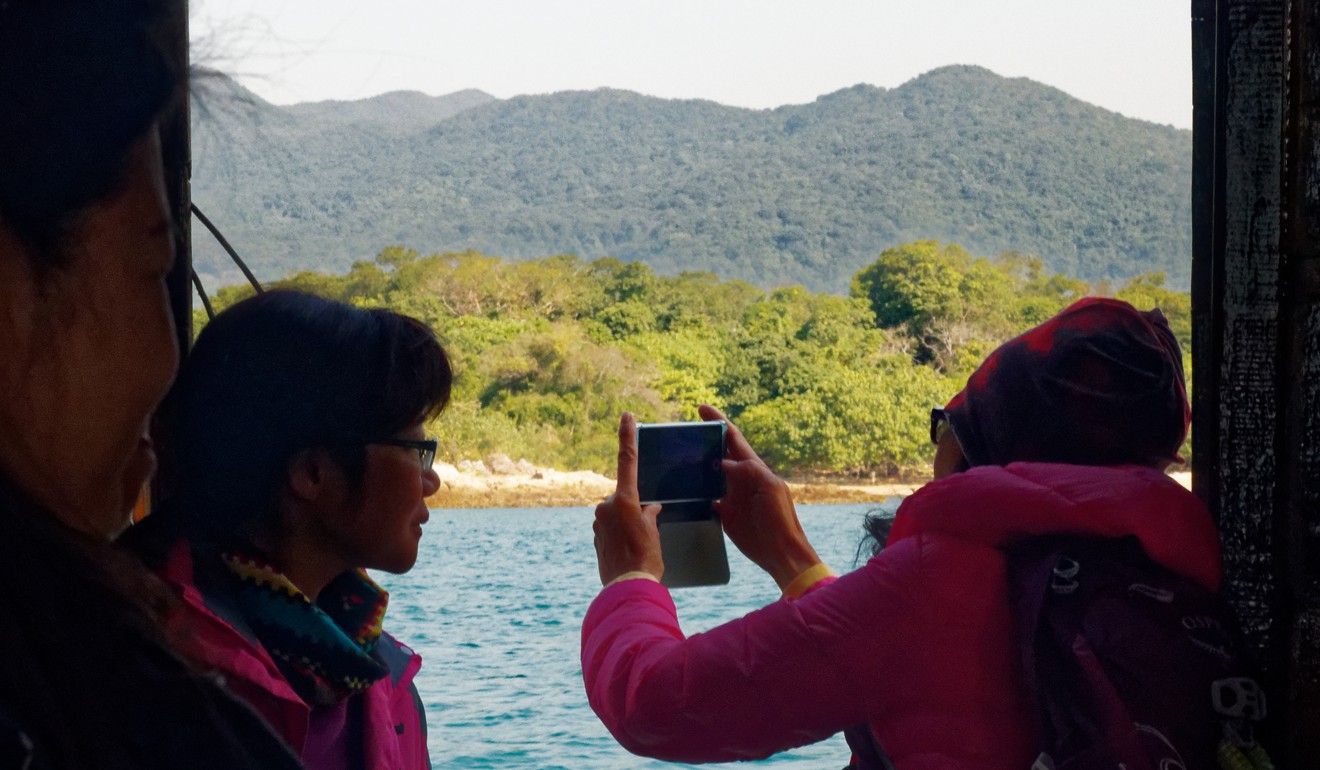
Several booths offer sampan and/or speedboat trips to Sharp Island, among other places. You can book a return trip, arranging to be dropped off at Hap Mun Bay and collected at Kiu Tsui – check the return times, and make sure you know how to identify boats from the company you book with.
As both islands are a short (less than 20 minutes), pleasant boat ride from Sai Kung pier, unless you charter a private sampan, the easiest way to see Yim Tin Tsai and Sharp Island in one day is to do two return trips.